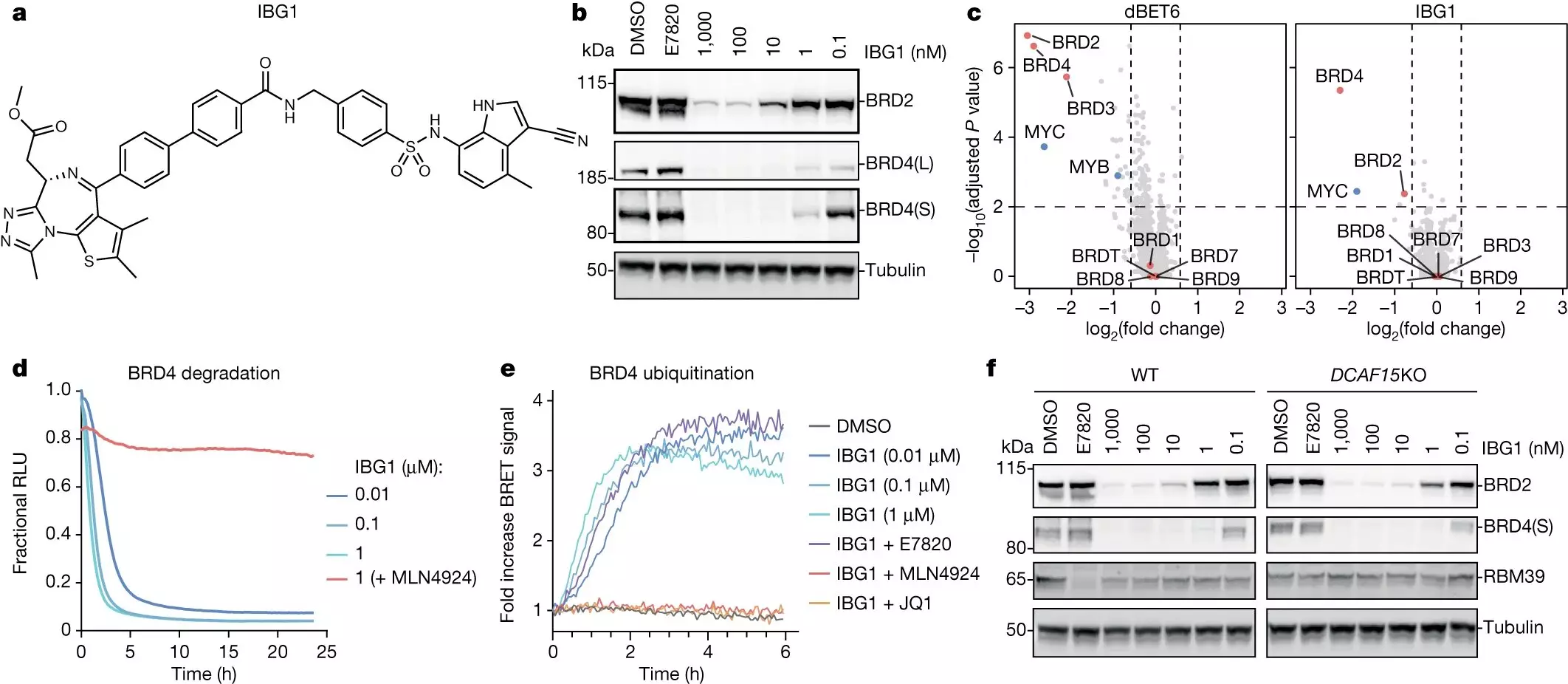The groundbreaking discovery of a new class of molecular glue at the University of Dundee has opened up a world of possibilities in the field of drug development. Led by Professor Alessio Ciulli, the research team at the Centre for Targeted Protein Degradation (CeTPD) has identified a new class of “intramolecular bivalent glue” that has the potential to revolutionize the way we target cancers and neurodegenerative diseases. This discovery, published in the prestigious journal Nature, marks a significant step forward in the pharmaceutical industry’s quest to develop more effective treatments for a range of illnesses.
The implications of this discovery are profound, particularly for diseases that have long been considered “undruggable.” By targeting proteins crucial to the functioning of our cells, this new class of molecular glue has the potential to unlock novel pathways for drug development. Professor Ciulli emphasizes the importance of this advancement, stating that it could transform the treatment landscape for cancer patients and those suffering from other untreatable diseases. This new mechanism of molecular gluing, different from any previously known, holds the key to developing more efficient and targeted therapies.
Targeted protein degradation (TPD) has emerged as a promising approach to treating diseases by targeting specific proteins responsible for various illnesses. This involves redirecting protein recycling systems within our cells to eliminate disease-causing proteins. Most TPD strategies use small molecules known as degraders to recruit target proteins to enzymes called ubiquitin E3 ligases, which ultimately lead to the destruction of the targeted proteins. The discovery of this new class of molecular glue offers a fresh perspective on TPD and presents new opportunities for drug development.
Implications for the Pharmaceutical Industry
The collaboration between the research teams at the University of Dundee, the Research Center for Molecular Medicine in Vienna, and other institutions has led to a deeper understanding of how these molecular glues function. By visualizing the precise mechanisms by which the compounds work, the researchers have shed light on previously unexplored features and properties of molecular glues. This new knowledge not only enhances our understanding of molecular glues but also paves the way for the discovery of new classes of molecules that could accelerate drug development processes.
The discovery of this new class of molecular glue represents a significant milestone in drug development. The potential applications of this breakthrough extend beyond targeting cancers and neurodegenerative diseases to a wide range of illnesses considered challenging to treat. The innovative approach of using intramolecular bivalent glues has the potential to transform the pharmaceutical industry’s approach to drug development and offers new hope for patients facing currently incurable diseases. As Professor Ciulli aptly puts it, the impact of this discovery cannot be underestimated, and it has the power to reshape how we view and approach drug development in the future.


Leave a Reply